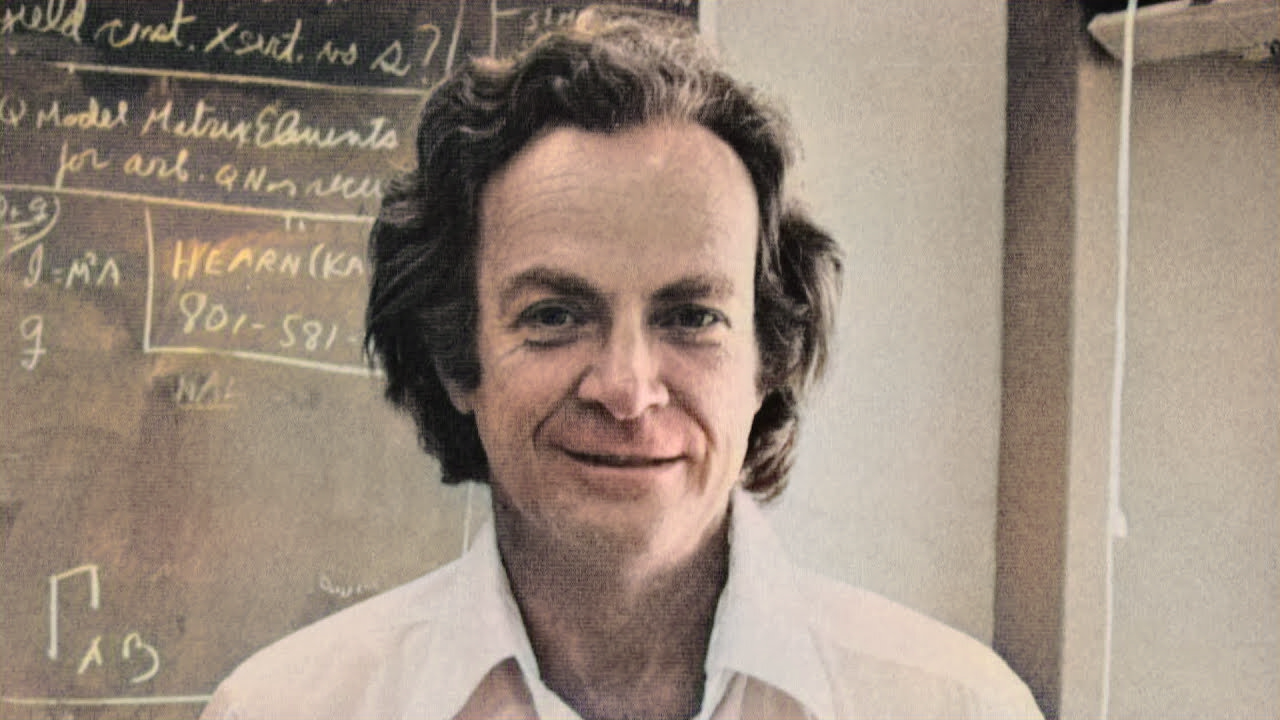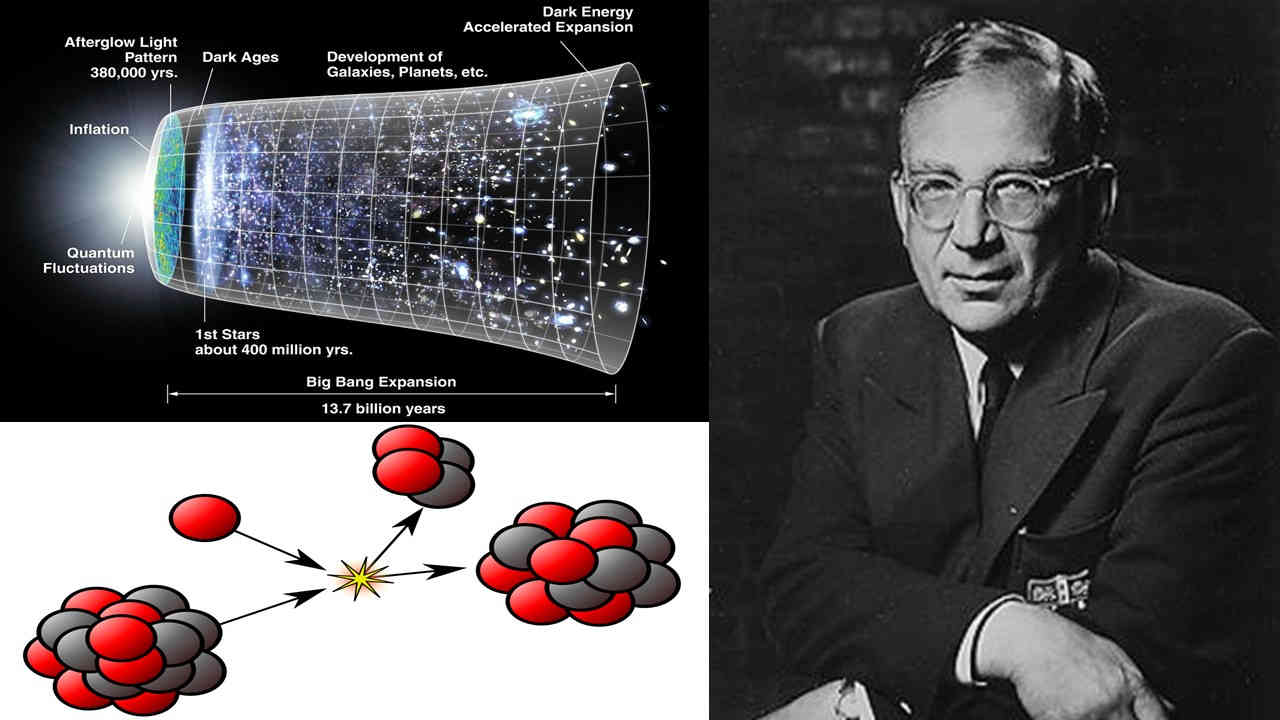
 |
| Carl Sagan and Hans Bethe share the stage at Cornell |
Their common interests in science and politics brought them even closer. Bethe was also a fan of Sagan's 1980 show Cosmos: A personal voyage. In one of the episodes, when Sagan said "We are made of star stuff", he immortalized Bethe's work in television history.

















 Physics, astronomy and science history blog for students
Physics, astronomy and science history blog for students